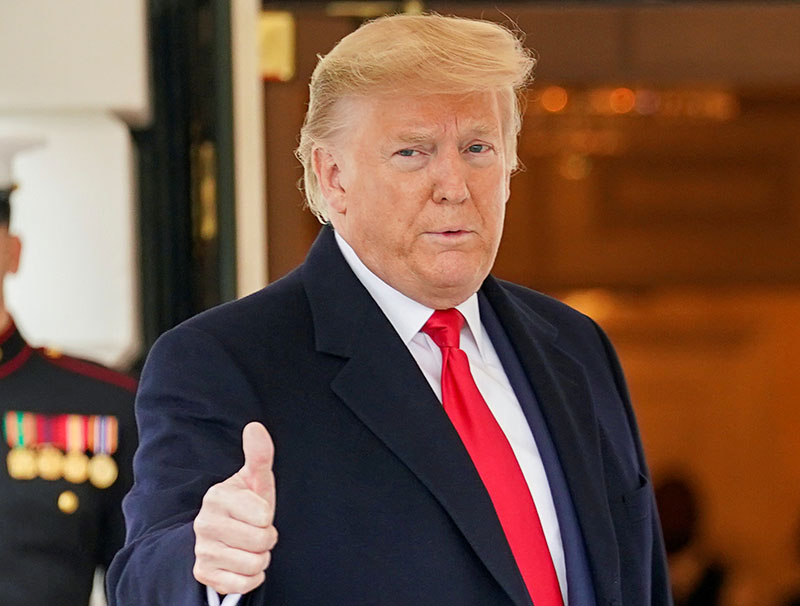White House calls for biggest NASA budget in decades to reach the moon, Mars
WASHINGTON: The White House on Monday asked Congress for $25.2 billion for NASA in 2021, the agency's biggest budget in decades, calling for steady increases over five years to meet President Donald Trump's goal of landing astronauts on the moon and Mars.
The request would boost the National Aeronautics and Space Administration's budget by 12 percent for the fiscal year that starts October 1, with nearly half of the funds going toward the "Moon to Mars" program, which includes development of lunar landers, robotic rovers, heavy-lift rockets and new spacesuits.
"They are backing up our vision for a renewed era of discovery by giving NASA ever-increasing budgets every year," NASA administrator Jim Bridenstine said on Monday after the White House released its plan. "Now we must deliver."
The Trump administration called on NASA early last year to reorganize its exploration program to send humans to the moon by 2024 and to Mars in the next decade, accelerating a previous timeline and increasing its 2020 budget by $1.6 billion.
The 2021 fiscal year budget, one of the largest overall spending increases for NASA since the 1990s, doubles down on the "Moon to Mars" project, which NASA projects will cost $71.1 billion over the next five years, according to a blueprint sent to Congress on Monday.
NASA's budget is estimated to increase steadily over the next five years to fund the program, peaking at $28.3 billion in fiscal year 2023, primarily going to privately developed lunar landing systems.
The budget includes $529 million for robotic trips to Mars, including a mission to return soil samples back to Earth and map near-surface water ice deposits that could inform future human missions to the red planet.
Separately, the Trump administration’s $740.5 billion budget request for national defense in 2021 allocates $15.4 billion for the US Space Force, which was established on Dec. 20 as an independent service under the Air Force.






